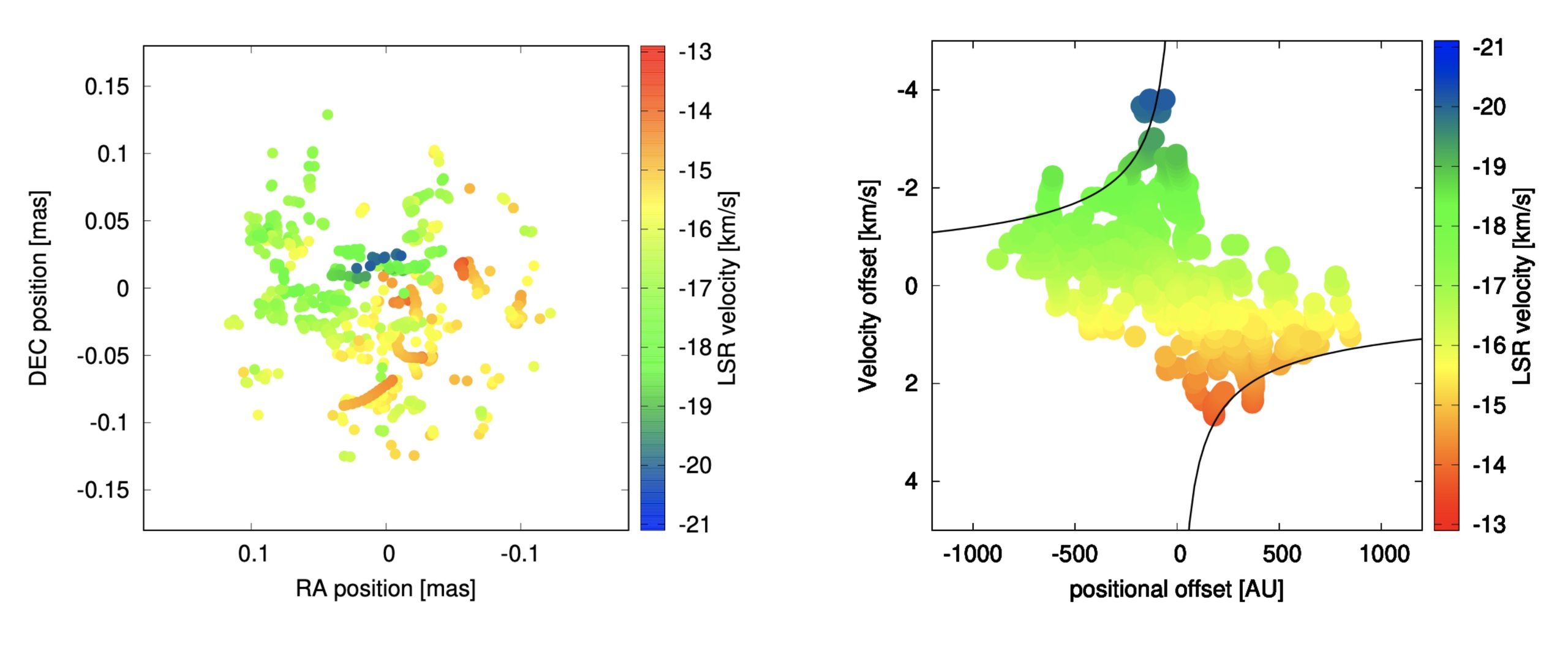Daily Image
11-02-2021Colloquium: Recent activities of the Maser Monitoring Organisation
| Submitter: | Ross A. Burns |
| Description: | Just like Goldilocks’ porridge, astrophysical maser emission is produced in a narrow range of physical conditions; not too hot, not too cold. As such, the detection and imaging of masers reveals the regions of an astrophysical system where these conditions are being met (and where they are not). Temporal maser flux changes consequently imply temporally changing physical conditions and subsequently maser flares have been identified as markers of transient events such as (among other things) episodic accretion bursts essential to the; a mechanism long sought by observers aiming to understand the formation of massive stars. The success of using masers as triggers for follow-up investigations led to a collaboration between maser flux monitoring programs (single-dish radio telescopes) and observers utilising VLBI, sub-millimetre and infrared facilities, and theorists, all working together to characterise both the flaring maser behaviour and the regions in which they appear. In this colloquium I will describe the recent activities and future outlook of our collaboration. Image caption: Combined VLBI view of masers in a high-mass protostellar disk, (above) showing the locations and velocities of maser emotion regions, and (below) a position-velocity diagram of the maser disk’s Keplarian rotation. |
| Copyright: | Image credit: Ross A. Burns / M2O |
| Tweet |  |
